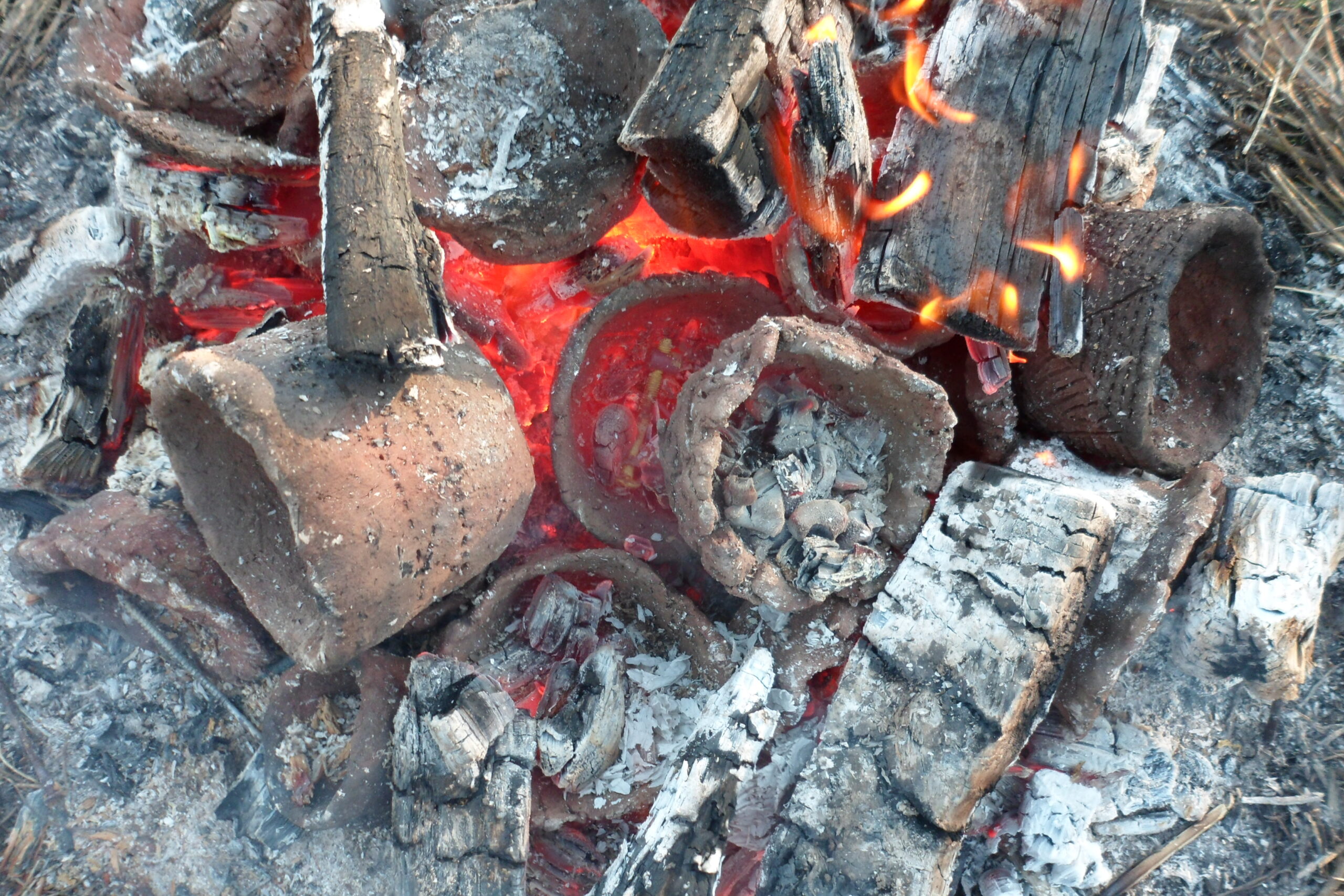Woodcuts Model
Woodcuts, near Tollard Royal, was excavated by Lieutenant-General Pitt-Rivers in 1884–1885. It is an enclosed rural farmstead, which was unrecognised before his work, and is fairly typical of the Roman sites that Pitt-Rivers investigated. He noted that ‘the relics found in camps and dwellings are the things that were in everyday use, and, therefore, give us a better insight into the social conditions of the people.’
At Woodcuts, Pitt-Rivers was aware that the site had a long life and had undergone many changes, but was unable to work out a detailed chronology. This was left to Professor Christopher Hawkes who re-interpreted Pitt-Rivers’ evidence some 50 years later, which was only possible due to his excellent recording methods.
The site was a high status farming settlement which had three successive phases. It was originally one circular enclosure dating back to the late Iron Age. Three sub-rectangular enclosures were added circa AD150 containing corn driers and a well. Major alterations were undertaken in the 4th century AD, but it was abandoned by the end of the Roman period.
This model shows the extent of the Roman settlement uncovered by Pitt-Rivers and shows the various enclosures of different periods that surrounded the site.


